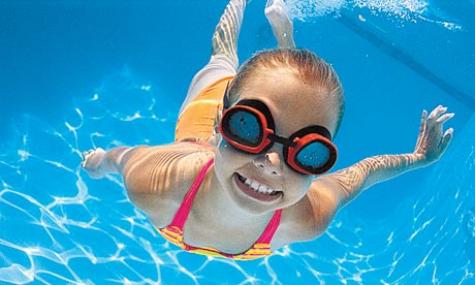A new standard allowing manufacturers to increase the sun protection factor in sunscreens from SPF30+ to SPF50+ and adding improved UVA protection was announced earlier this month by the Therapeutic Goods Administration (TGA).
But the Cancer Council NSW has warned consumers not to overestimate the level of protection just because of the significant increase in numbered protection.
“Despite the big difference in SPF numbers on the label, in fact the new SPF50+ sunscreen offers only marginally better protection from UVB radiation, which causes sunburn and adds to skin cancer risk” said the Skin Cancer Prevention Manager from Cancer Council NSW, Vanessa Rock.
“SPF50+ filters out 98% of UVB radiation compared with 96.7% blocked by SPF30. It’s not a suit of armour. It needs to be applied just as generously, reapplied every two hours, and used in conjunction with protective clothing, a broad-brimmed hat, sunglasses and shade.”
There is also a new standard for SPF30 which Ms Rock says offers the same protectionagainst sunburn caused by UVB radiation as the current SPF30, but is required to have higher UVA protection in order to be labelled broad-spectrum.
The sun’s UVA wavelengths are responsible for the sun’s ageing effect on the skin and also contribute to skin cancer risk.
Ms Rock said there was no need to throw away your current sunscreen.
“Any sunscreen of at least SPF30 which is labelled as water-resistant and broad-spectrum offers good protection.
“Manufacturers will be allowed to continue producing and selling their current formulations that meet the old standard. The new standard applies to new products only and is simply a little better, and offers more choice.”
The new standard, developed by Standards Australia and Standards New Zealand, is likely to see SPF50+ sunscreens on pharmacy and supermarket shelves by around mid-January.















__small.png)










